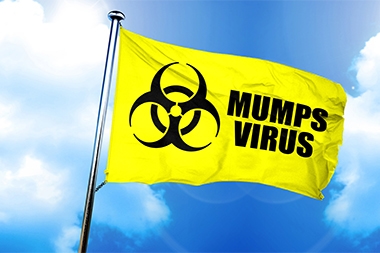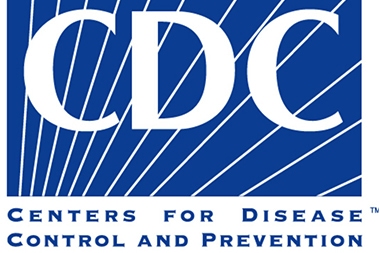Fewer young children are getting vaccination against many diseases than in years past, opening the door for preventable disease outbreaks, according to new data from the Centers for Disease Control and Prevention. The threat is especially acute in uninsured and Medicaid-insured children. The CDC report, Vaccination Coverage Among Children Aged 19–35 Months—United States, 2018, notes that children under 2 years of age, in particular, are less likely to receive all the recommended vaccinations than in …
Read More









